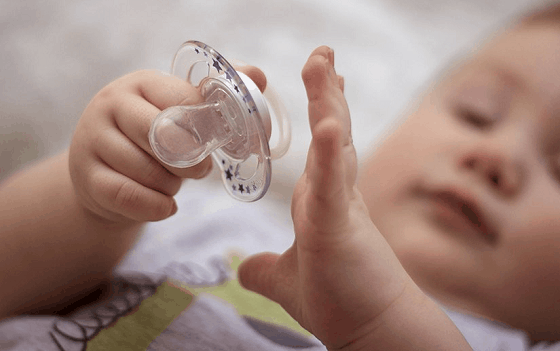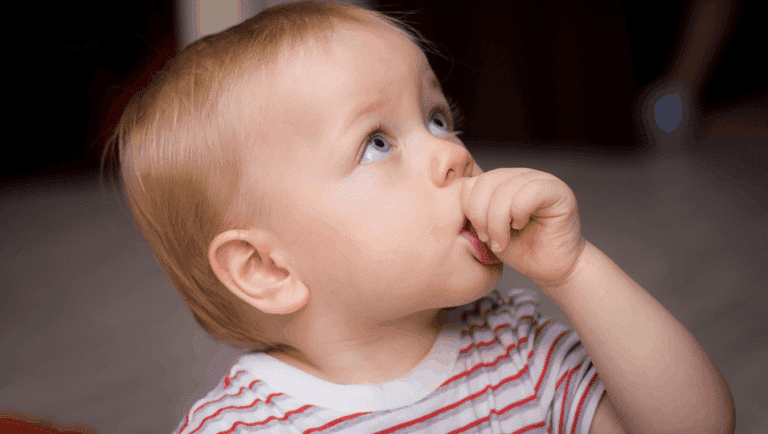With respect to kids dentistry, a great deal of guardians search us out in light of the fact that they’re stressed over their kid habit breaking appliance for thumb sucking. These propensities are totally ordinary in newborn children and sucking is a characteristic impulse. Actually, a few children even suck their fingers and thumbs in the belly! In any case, when oral habits, including thumb sucking and tongue pushing, proceed past the initial not many long periods of life, serious malocclusion (an ill-advised nibble) can happen. For kiddos who have an extremely troublesome time kicking the propensity, when all else comes up short, propensity breaking machines might be shown.
habit breaking appliance for Tongue Thrusting, Thumb Sucking and Teeth
A typical inquiry with a Pediatric Dentist is, will thumb sucking harm my infant’s teeth? The appropriate response is, no, as long as it stops right off the bat. When all is said in done, an infant sucking their thumb is not something to be worried about. The equivalent goes for pacifier use. Pacifiers are thought to lessen the danger of abrupt newborn child passing disorder (SIDS) and they can be simpler to manage than thumb sucking on the grounds that once an infant arrives at a year old, you can essentially remove the pacifier. With a thumb, you’re left with it. Most children really quit utilizing a pacifier and sucking on their thumbs or fingers all alone between the ages of two and four. Concerning oral habits like thumb sucking and teeth, when the propensity proceeds, it can meddle with skeletal turn of events and cause an open nibble (when the top and base front teeth don’t meet all when the mouth is shut), distending front teeth, an overbite, changes in the sense of taste, and different issues with jaw development.

oral habits like Tongue push, otherwise called a converse swallow, is the point at which an infant or kid sticks their tongue through their front teeth, when they swallow or in any event, when they’re talking or when the tongue is very still. It’s normal in babies who are nursing or jug taking care of however it as a rule disappears all alone as a youngster’s gulping develops. In certain kids, be that as it may, it doesn’t disappear and it turns into a propensity. On account of the weight of the tongue against the teeth, it can prompt an open nibble or distending front teeth.
There is banter about the correct age to get out from under oral propensities. Dentists normally tell guardians that if a youngster hasn’t halted a propensity all alone by the age of a few at the most recent, they should put forth attempts to check the conduct. At the point when guardians come to Pediatric Dentists, they offer them a wide range of guidance on the most proficient method to stop thumb sucking, tongue pushing, and the sky’s the limit from there. Be that as it may, if home cures haven’t worked, that is the point at which we’d consider a propensity breaking machine. This is on the grounds that, when the lasting teeth begin to come in, the harm from helpless oral propensities can be extreme and changeless, prompting the requirement for broad orthodontic treatment or even medical procedure not far off.
What is an oral Habits-Breaking Appliance?
There are a couple of various kinds of habit breaking apparatuses, including removable propensity breaking machines and fixed ones. Meeting a Pediatric Dentist, will regularly utilize a fixed oral habits breaking apparatus for tongue pushing or thumb sucking since they’re the best and the achievement isn’t subject to a youngster adhering to directions for wearing it. We leave it set up for around a year with the goal that the propensity is completely broken.
A habit breaking appliance for thumb sucking or tongue pushing is made of dainty, metal wire. It’s attached to the back molars and goes behind the teeth with the goal that it’s not obvious when your youngster grins. It likewise doesn’t meddle with eating. With most kinds, there’s a tongue lodging that obstructs the tongue or finger from coming into contact with the rear of the front teeth and sense of taste, which removes the pleasure. Since most children do the propensities unknowingly when they’re drained or disturbed, it additionally fills in as an update since they feel the apparatus in their mouth.
At times, a propensity breaking machine can be joined with a palatal expander during stage 1 orthodontic treatment. The expander enlarges the top jaw to account for the entirety of the perpetual teeth to come in while the propensity breaker stops thumb sucking or tongue pushing.
When considering propensity breaking machines for kids, it’s ideal to have it put by a guaranteed pro in orthodontics since they’re specialists in forestalling malocclusion, which can be the aftereffect of helpless oral propensities.
What’s in store with a Habit-Breaking Appliance
A propensity breaking apparatus for kids is totally easy to get put on and it doesn’t damage to wear. Notwithstanding, your youngster’s tongue will hit against it until their tongue becomes acclimated to imparting space to the machine. This can prompt some tongue irritation and discourse issues. Try not to stress; both will disappear rapidly. Since kids frequently use thumb sucking, specifically, to alleviate themselves, when they initially get a propensity breaking machine, they can be somewhat testy for a couple of days and may experience difficulty dozing. This also will pass and your youngster will grow new ways of dealing with stress and approaches to comfort themselves.
Since you comprehend the nuts and bolts of propensity breaking apparatuses for kids, in case you’re worried about your kid’s thumb sucking, pacifier use or tongue pushing, plan a visit at Innovative Pediatric Dentistry today! We’ll fill you in on the most proficient method to stop thumb sucking and tongue pushing and assess your youngster to check whether a propensity breaking machine is the most ideal decision for their necessities.
Expert opinion
- Dr. Reena Waghela Dental Director of Sabka dentist says “As with many things in life, an ounce of prevention is worth a pound of cure.”





